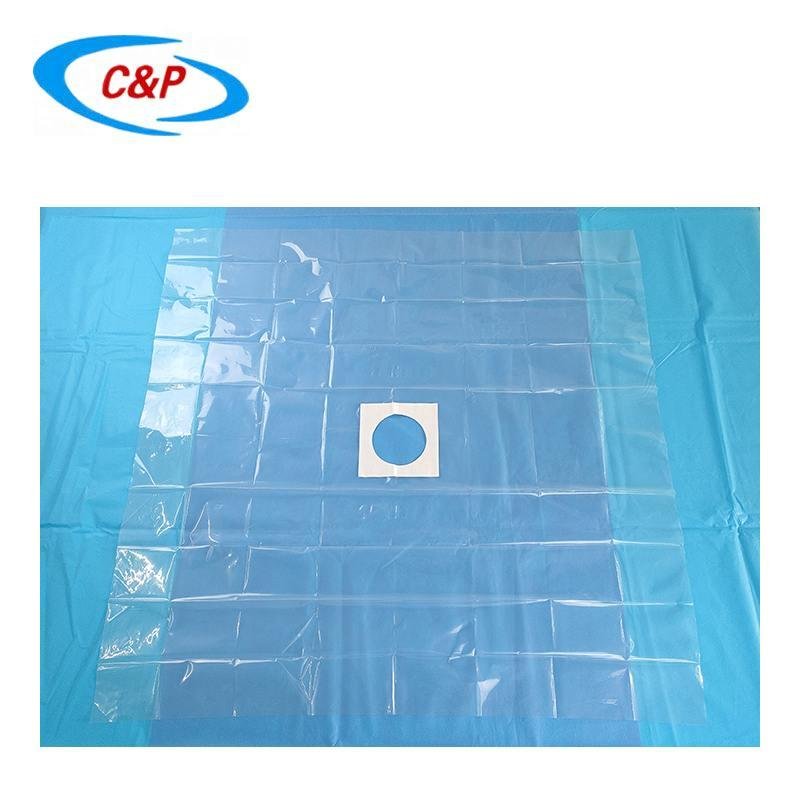Surgical drapes are important tools used in various surgical procedures to maintain sterility and prevent the spread of infections. They aim to provide a physical barrier between the surgical site and the surrounding environment, reducing the risk of contamination.
Various types of surgical drapes are designed for specific purposes. In this article, we will discuss the different types of surgical drapes commonly used in surgical procedures.
Universal surgical drape: Universal surgical drape is the most commonly used surgical drape in surgery. They are made of non-woven materials and aim to provide a physical barrier between the surgical site and the surrounding environment. Universal surgical drapes come in different sizes, shapes, and materials and can be used for various surgical procedures.
Fenestrated drape: Fenestrated drapes are designed to provide a sterile barrier around the surgical site while still allowing entry into specific areas. They have a hole or opening to fit over the surgical site, allowing surgeons to enter the area while maintaining a sterile environment.
Split surgical drape: The split surgical drape aims to provide a sterile barrier around the surgical site while allowing surgeons to perform two parts of the surgery. Their center has a split or opening designed to allow surgeons to perform two separate surgeries on the same patient while maintaining sterility.
Incision surgical drape: The incision surgical drape aims to provide a sterile barrier around the surgical site to prevent bacteria from entering the surgical wound. They are placed on the surgical site and usually have self-adhesive properties, making them easy to use. The center of the incision surgical drape has an opening designed to allow surgeons to enter the surgical site while still maintaining a sterile state.
Extremity Drape: The purpose of a extremity surgical drape is to provide a sterile barrier around the surgical site while allowing contact with specific limbs. They are designed to fit specific limbs, allowing surgeons to perform surgeries while maintaining sterility.
Specific surgical drape: A special surgical drape is designed specifically for a specific surgical procedure. Their design purpose is to provide a sterile barrier around the surgical site while still allowing entry into specific areas. Special surgical drapes include angiography surgical drape, ophthalmic surgical drape, cesarean section drape, hip surgical drape, neurosurgical surgical drape, etc.
In summary, surgical drapes are important tools used in various surgical procedures to maintain sterility and prevent the spread of infections. Different types of surgical drapes can meet different purposes, and selecting the appropriate surgical drape for each surgery is crucial. The most commonly used surgical drapes include universal surgical drapes, fenestrated drapes, split drapes, incision surgical drapes, extremity drapes, and specific surgical drapes, each with its unique functions and advantages. Choosing the right type of surgical drape is crucial to ensure that the surgery is performed in a sterile environment, thereby reducing the risk of infection and promoting successful outcomes.


